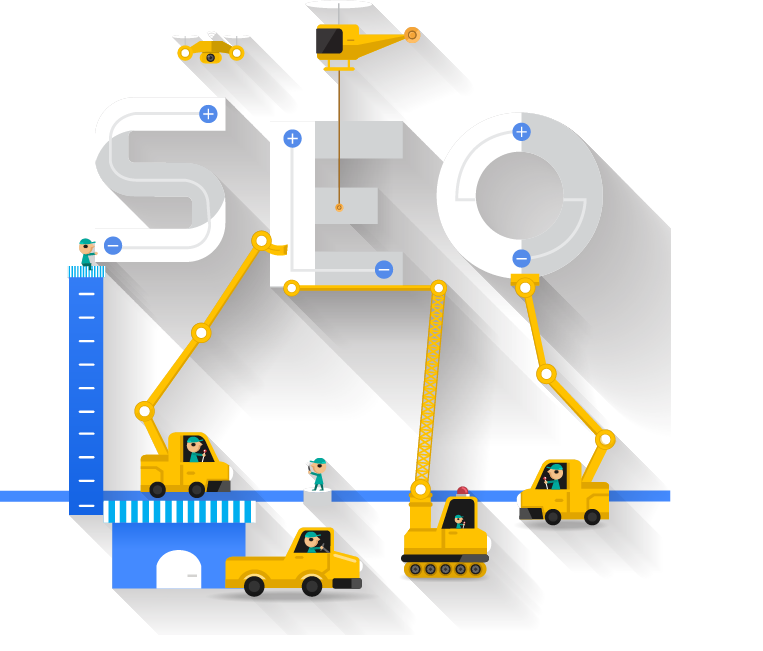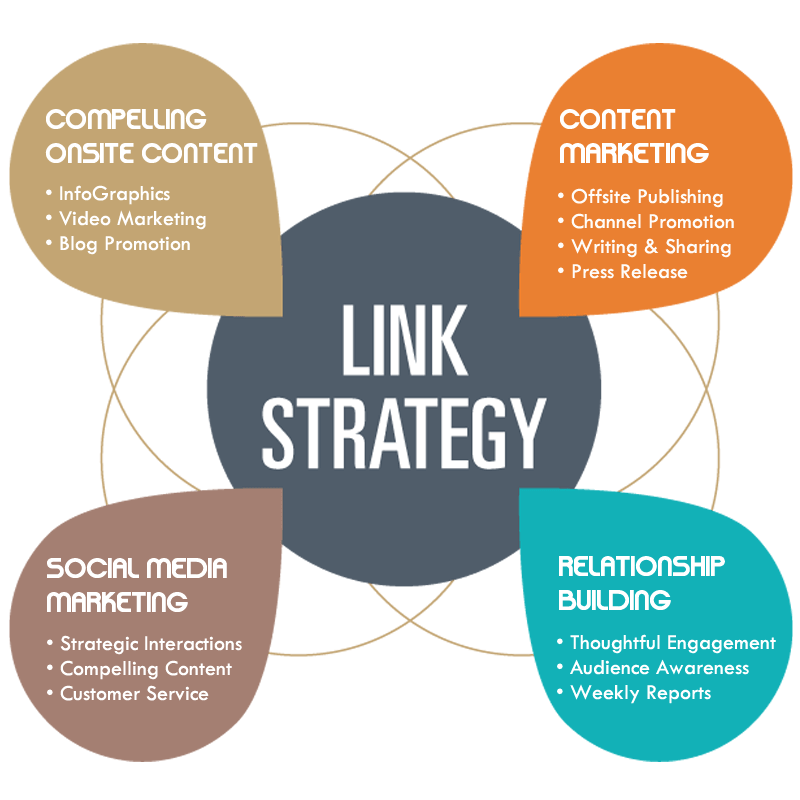Securing Your Future: Key Factors for Long-term Success with a Website
In this rapidly evolving digital age, having a strong online presence is not just an advantage; it's a necessity for businesses to thrive. A well-designed and optimized website can be the key to securing your future in the competitive online landscape. In this blog post, we will explore the essential factors that contribute to long-term success with a website. From effective search engine optimization (SEO) techniques to providing an exceptional user experience (UX), we will delve into the critical elements that can propel your online presence and ensure sustainable growth.

Understanding Your Target Audience
Identifying your niche:
Before embarking on your website development journey, it is crucial to gain a deep understanding of your target audience. Conduct thorough market research and gather data on the preferences, needs, and pain points of your potential customers. Utilize high volume search keywords and phrases relevant to your business to identify trending topics and popular queries. By honing in on your niche and crafting content that aligns with your audience's interests, you can position your website as an authority in your industry.

Search Engine Optimization (SEO) Techniques
Keywords are the backbone of SEO, enabling search engines to understand the relevance of your content to user queries. Integrate high volume search keywords and phrases strategically in your website's meta tags, headers, and content. Optimize your meta title and description to entice users to click through to your website. However, avoid keyword stuffing, as search engines penalize websites for this practice.

Content is king in the digital realm. Delivering valuable, informative, and engaging content is not only beneficial for users but also crucial for search engine ranking. Create compelling blog posts, articles, videos, and infographics that address your audience's pain points and provide solutions. Remember, the goal is not only to attract traffic but also to retain and convert that traffic into loyal customers.

Backlinking:
Building a strong backlink profile is an integral part of any successful SEO strategy. Acquire backlinks from reputable and relevant websites in your industry. Engaging in guest posting, collaboration, and creating shareable content are effective ways to earn backlinks. High-quality backlinks signal search engines about the credibility and authority of your website, which can positively impact your search ranking.

User Experience (UX) Design
Responsive Design:
In an era dominated by mobile devices, having a responsive website is a must. With an increasing number of users browsing the internet on their smartphones and tablets, having a website that adapts to different screen sizes ensures a seamless user experience. Google also prioritizes mobile-friendly websites in its search results, making responsive design critical for your SEO efforts.

Navigation and Site Structure:
An intuitive and user-friendly navigation system is crucial for a positive user experience. Create clear menus, submenus, and use breadcrumbs to guide users through your website. Ensure that visitors can find what they're looking for with ease. A well-organized site structure not only enhances user experience but also helps search engines crawl and index your pages efficiently.

Page Load Speed:
Website speed is a crucial factor for user satisfaction and SEO rankings. Optimize images, leverage browser caching, and use content delivery networks (CDNs) to reduce page load times. A fast-loading website not only improves user experience but also reduces bounce rates, which can positively influence your search engine rankings.

Data-Driven Decisions
Analytics and Insights:
Collecting and analyzing website data is essential for making informed decisions. Utilize tools like Google Analytics to monitor user behavior, track traffic sources, and identify areas for improvement. Analyzing data allows you to understand your audience better, optimize your content strategy, and refine your marketing efforts for long-term success.

Conversion Rate Optimization (CRO)
Optimizing your website for conversions is crucial for maximizing its potential. Conduct A/B tests on landing pages, call-to-action buttons, and forms to identify what resonates best with your audience. Improving your conversion rate can lead to more leads, sales, and revenue, contributing to the long-term sustainability of your online business.
Securing your future with a website involves a comprehensive strategy that includes understanding your target audience, implementing effective SEO techniques, providing exceptional user experience, and making data-driven decisions. By adopting these key factors and continuously adapting to the evolving digital landscape, your website can become an asset that propels your business to long-term success. Remember, the online world is dynamic, and staying ahead requires consistent effort and optimization. Embrace the power of a well-crafted website and unlock the potential for sustainable growth in the digital era. Invest in your website today to secure your future tomorrow.








